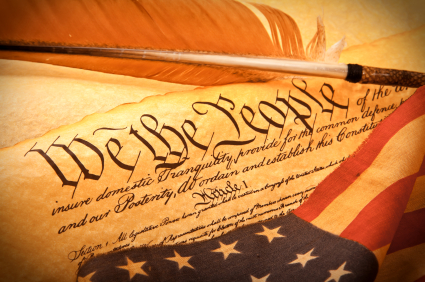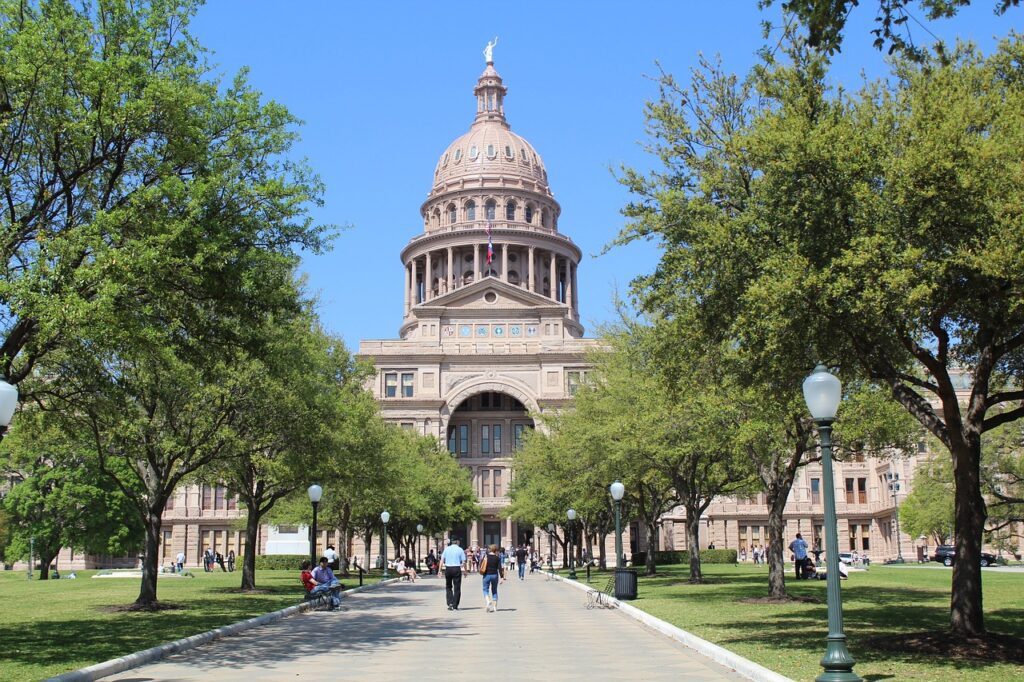Only 28% of people 18 years and older living in the United States indicated they’d read the entire U.S. Constitution in response to a telephone survey conducted by the Center for the Constitution at James Madison’s Montpelier in July 2010 to gauge Americans’ understanding of constitutional principles.
Of those who had read at least some of the Constitution (98% of survey respondents), only one-third reported having read the Constitution on their own since high school or college. Those numbers got me thinking—I couldn’t remember reading the Constitution since leaving school.
Sean O’Brien, executive director at the Center for the Constitution at James Madison’s Montpelier, talking on The Diane Rehm Show on National Public Radio on September 20, 2010, convinced me to pick up a copy of this 223-year-old document: “The Constitution, the body of it, is 4,400 words. It’s about the equivalent of 17 pages in a novel. Most people could sit down and read that in 20 or 30 minutes, and it’s not that hard to do.”
With campaigns for mid-term elections well underway and O’Brien’s admonition in mind, I decided it was time to reread the Constitution. It took me only 20 minutes. I encourage you to invest that little bit of time in reviewing the country’s cornerstone. (It’s easy enough to find the text of the U.S. Constitution online, but for a screen-friendly or printer-friendly PDF, I suggest the National Constitution Center’s version.)
Here are just five things I learned—or remembered—while rereading the Constitution.
- September 17 is the day the framers signed the Constitution in 1787. That date is still recognized as Constitutional Day, and the National Archives Building in Washington, DC, displays the full, original document only on that date each year.
- The Constitution is divided into seven articles, the first three are the longest and devoted to the three branches of government—legislative, executive, and judicial.
- The Bill of Rights is not part of the core Constitution but the first 10 of the amendments added to the Constitution. Virginia ratifies the Bill of Rights on December 15, 1791, making them officially part of the Constitution.
- According to Section 6 of Article I, elected representatives and senators are exempt from arrest while attending or traveling to and from legislative sessions—except in the case of treason or a felony.
- Section 3 of Article IV states, “…no new State shall be formed or erected within the Jurisdiction of any other State; nor any State be formed by the Junction of two or more States, or Parts of States, without the Consent of the Legislatures of the States concerned as well as of the Congress.”
That last one may seem a bit obscure, but the day after I reread the Constitution, Dan Lewis brought it alive for me by writing about the state of Franklin in his daily Now I Know e-mail. In 1784 (a few years before the Constitution becomes effective for the ratifying states in 1788), North Carolina ceded almost 30 million acres of its western-most territory to the federal government to clear up debt incurred as part of the American Revolution.
The occupants of the territory didn’t like the idea (they feared Congress would sell their land to another nation), and so, even though North Carolina rescinded the cessation a few months later, the settlers decided to declare independence—but they came up short, garnering only 7 of 13 votes, when they needed 9 to approve the move with a two-thirds majority.
So Franklin existed in limbo (not a state in its own right nor a part of North Carolina) and as a de facto republic in its own right until 1789 when threats from Native American tribes made rejoining North Carolina attractive because of access to the state militia. In 1790, North Carolina again ceded the territory to the federal government, and the area wound up being the eastern part of Tennessee.
What will you learn or remember as you reread the Constitution? Please exercise your first amendment rights by leaving a comment 😉
Celisa






Pingback: Across the Path of Popular Impatience « YesterYear Once More
good informative post.. thank you..